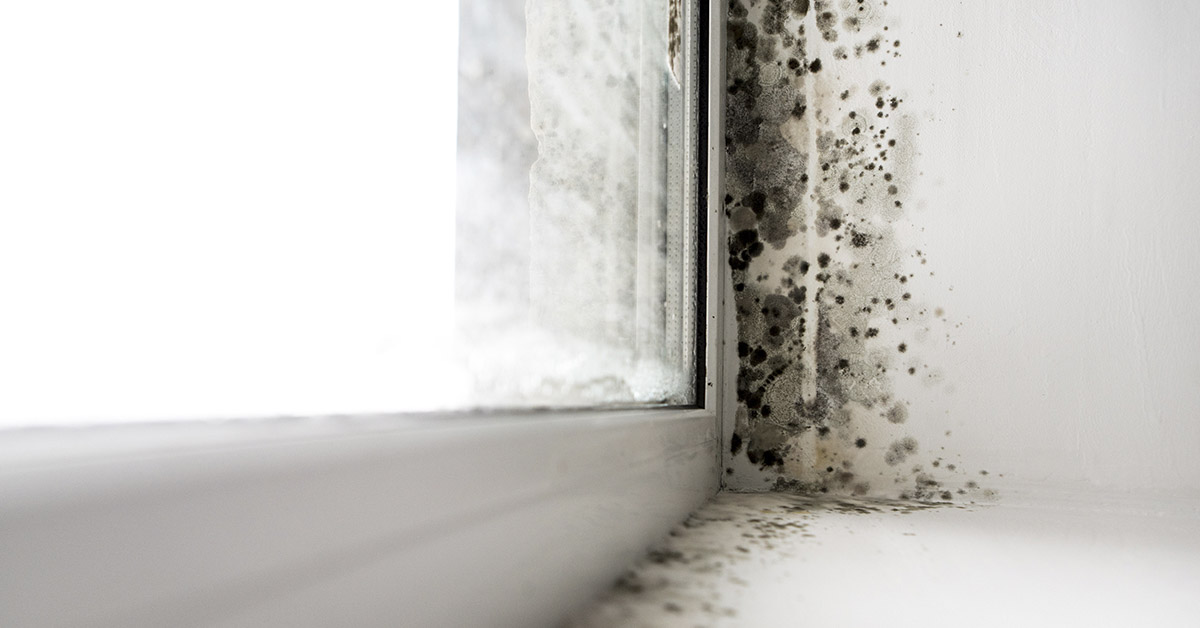Mold is a common problem for buildings and homes, but it’s never welcome. It tends to grow in damp places, which is why it can crop up in bathrooms, under sinks, or when there is a leak or flooding. It could also appear on carpets, dust, ceiling tiles, and drywall. Even worse, exposure to mold can cause respiratory symptoms, itchy eyes or skin, or more severe signs in people with immune suppression or underlying lung diseases like asthma. [1] You can help prevent mold by controlling humidity levels in the home, ventilating the bathrooms, quickly fixing leaks, and cleaning and drying areas affected by flooding. But despite all efforts, sometimes mold still finds a way to creep in. So if you find a patch of unwanted fungus in your home, here are some natural methods to kill mold before using bleach or a professional service.
How to Use Tea Tree Oil to Kill Mold
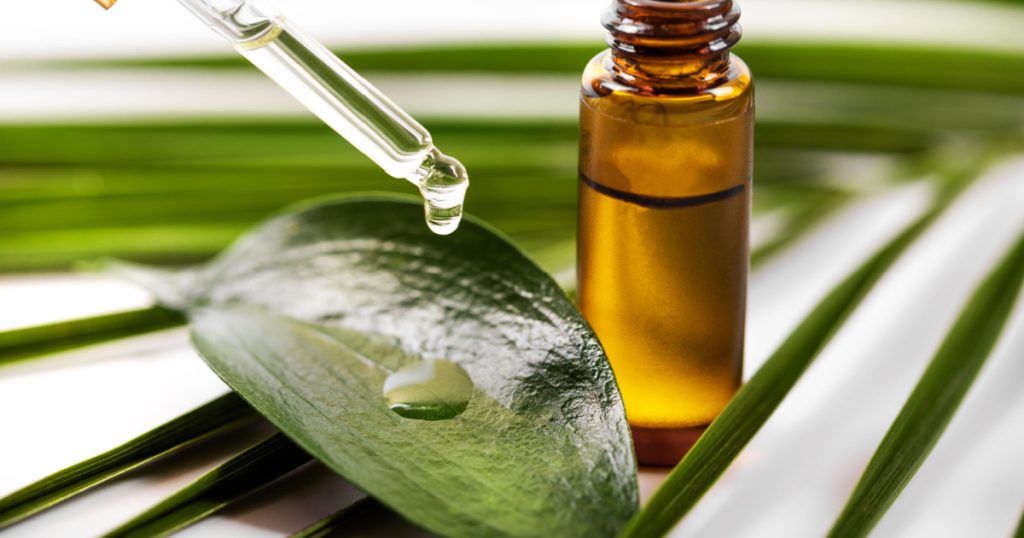
Tea tree oil is an essential oil derived from the leaves of the Australian tea tree. Aboriginals had traditionally used this oil as an herbal medicine and antiseptic. Today, it’s commonly used to treat conditions like lice, nail fungus, acne, athlete’s foot, and insect bites. More research is needed to fully understand the potential capabilities of tea tree oil, but for now, it’s deemed to be generally safe when used topically all, although some people may suffer from skin irritations or allergic reactions from it. Additionally, people should never consume it internally. [2] Also, tea tree oil is not safe for pets. Take any cats and dogs exposed to it to a vet or call Pet Poison Control Center, especially if your pets exhibit symptoms like weakness, tremors, walking drunk, and low body temperature. [3]
Because of its anti-fungal properties, tea tree oil may help kill mold and prevent more spores from appearing. To make a tea tree oil spray, dilute the oil with water and place it into a spray bottle, using the ratio of one teaspoon of oil per one cup of water. Shake the bottle until the ingredients combine, and thoroughly spray the moldy area. Let it sit for an hour, then wipe the spores away. Remember to ensure no pets or children are in the vicinity while you are spraying. You could also use this oil to treat mold and mildew in washing machines. Just place a few drops into the machine while it’s empty and run it on a cleaning cycle. [4]
Read: 10 Things That May Be Better To Not Use While Cleaning. Check to See If You Have Them at Home
More Natural Ways to Kill Mold
1. Vinegar
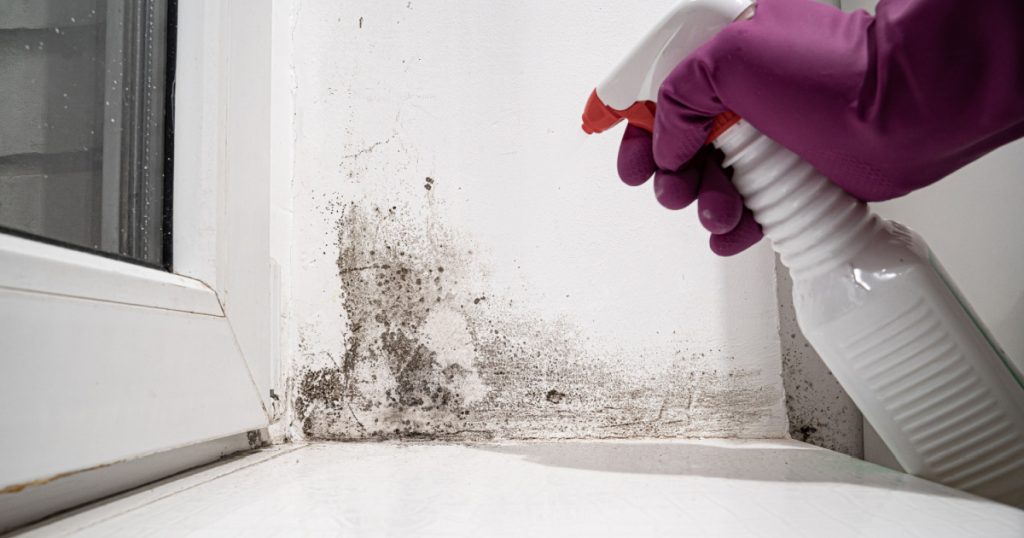
White vinegar is an anti-fungal and antibacterial cleaner that can kill and prevent certain types of mold, but not all, unfortunately. (Keep in mind, you can add a few drops of tea tree oil into a spray bottle of undiluted vinegar for a doubly effective way to kill mold.) Spray the infected area with vinegar and let it soak for an hour. Then scrub the surface with a brush with soft bristles. After removing the mold, dry the area with a rag and then dispose of the rag and the brush. (Although you can mix vinegar with tea tree oil, never mix it with bleach or hydrogen peroxide.) [5]
Read: 5 Things to Know About Front-Load Washers
2. Hydrogen Peroxide
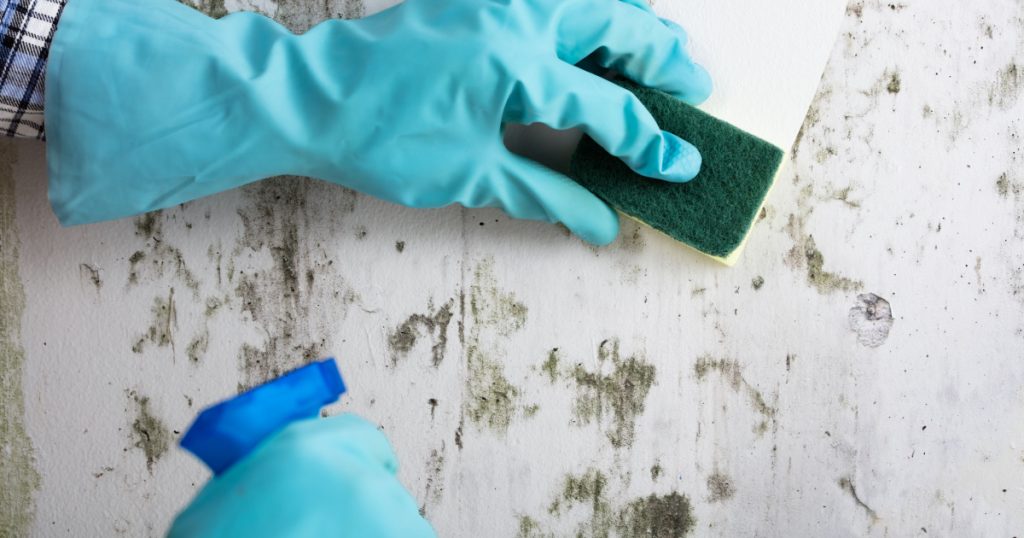
Hydrogen peroxide is usually used to disinfect open wounds but can also kill mold because of its antimicrobial properties. Research shows that this substance is effective on hard surfaces but may not succeed in removing fungi from porous surfaces. So if your moldy site fits the bill, pour 3% hydrogen peroxide into a spray bottle and spray liberally. Allow it to sit for 10 minutes, then scrub the mold off. Remember to dry the area afterward.
3. Baking Soda
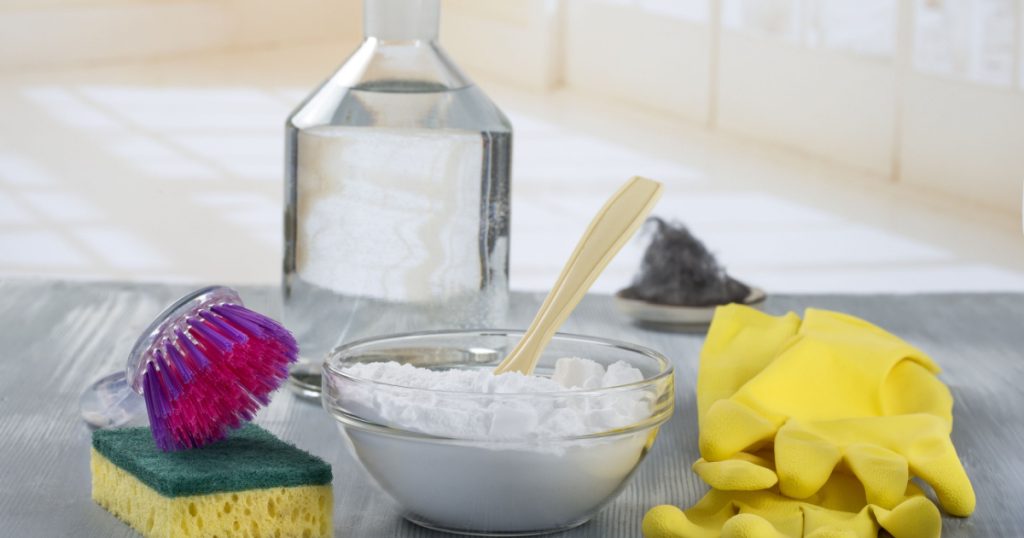
Baking soda, also called sodium bicarbonate, is a popular all-purpose cleaner, and for good reason. It has antimicrobial properties that have the potential to kill mold as well. First, make a paste by mixing baking soda with a bit of water. Spread the paste onto the moldy area and let it set in for 10 minutes before washing it off.
4. Grapefruit Seed Extract
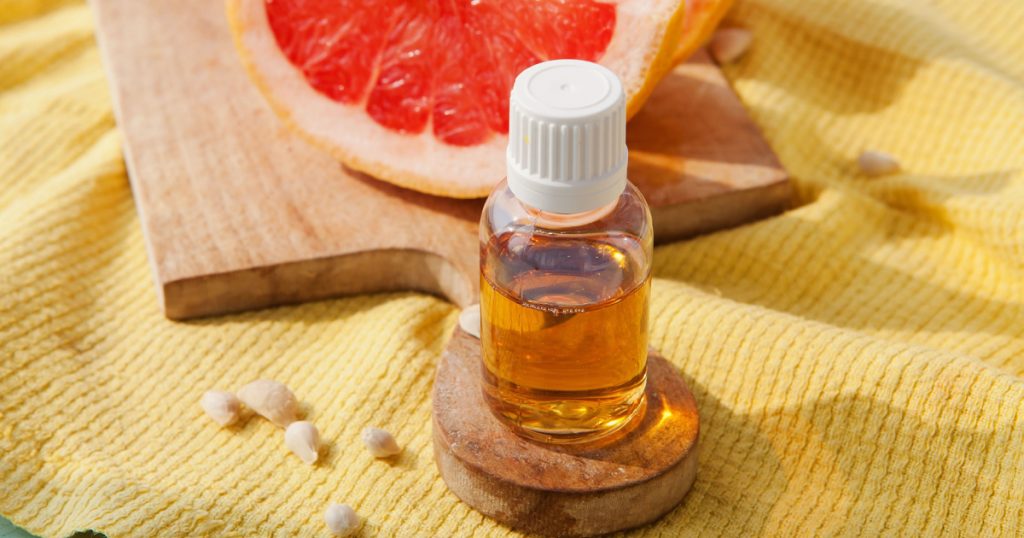
Grapefruit seed oil contains compounds like flavonoids and citric acid that can potentially remove mold. One study showed that his oil effectively killed a fungus, Candida albicans, from dentures, but it may not work on other kinds of mold. So if you decide to give grapefruit seed oil a try, mix ten drops into one cup of water and shake it until they are combined. Spray the solution onto the mold and let it soak for 10 to 15 minutes before wiping it away. [6]
5. Soap and Water
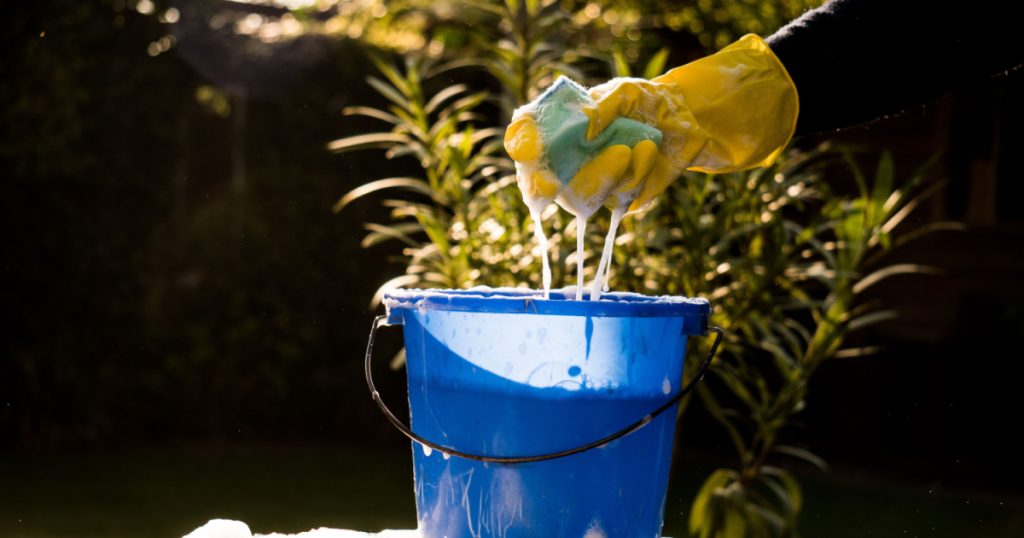
Certain kinds of mold are not hard to clean at all, especially when they are on a hard surface, such as on a wall or in a cabinet. So mix a bucket of good old soap and hot water and scrub the mold with a bristle brush. Remember to dry the area as soon as you finish cleaning and air out the space afterward.
Keep Reading: Spray this Simple 2-Ingredient Mixture & You Will Never See Spiders or Insects in Your Home
Sources
- “Basic Facts about Mold and Dampness.” CDC. November 14, 2022
- “Tea Tree Oil.” NIH. October 2020
- “Tea Tree Oil.” Pet Poison Hotline.
- Nathalie Alonso. “How to Clean Mold with Tea Tree Oil.” EHow. January 4, 2022
- Daniel Yetman. “Can You Get Rid of Mold Using Vinegar?” Healthline. January 28, 2021
- Daniel Yetman. “Using Hydrogen Peroxide for Mold Removal.” Healthline. February 4, 2021
